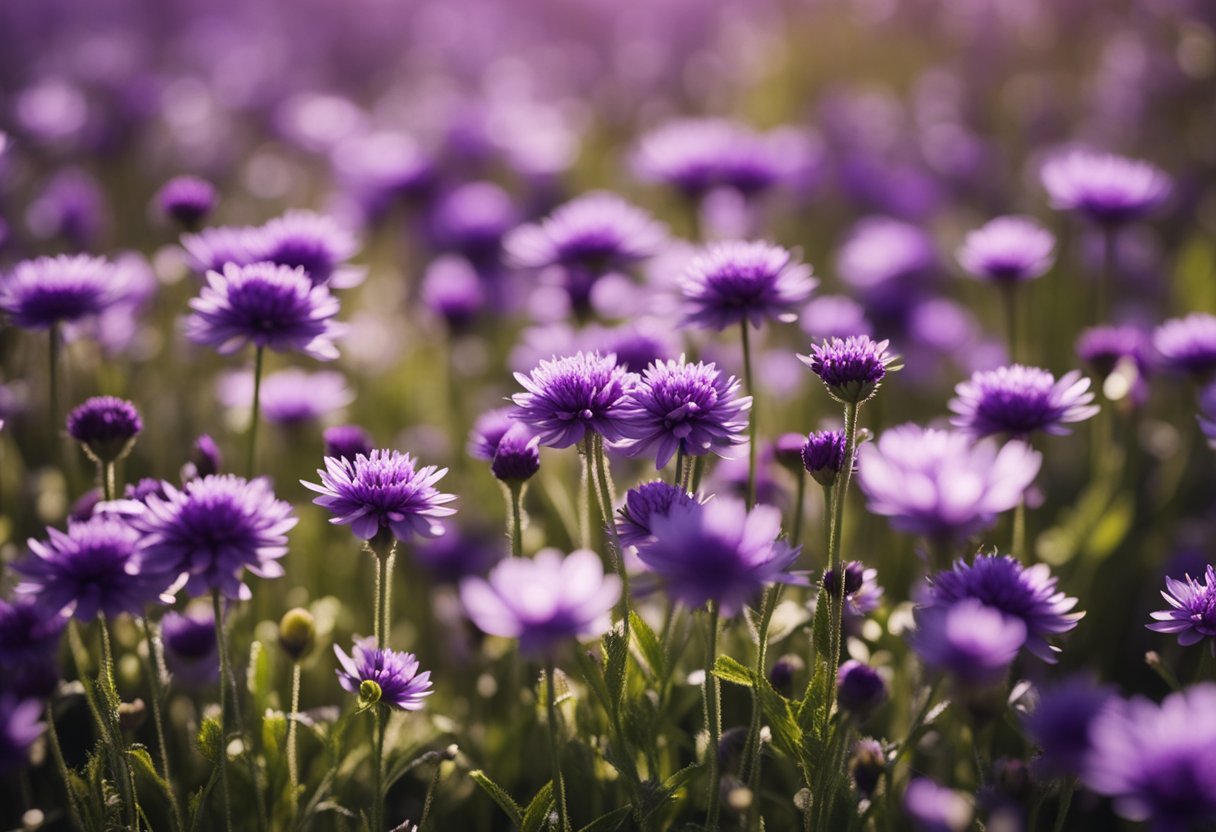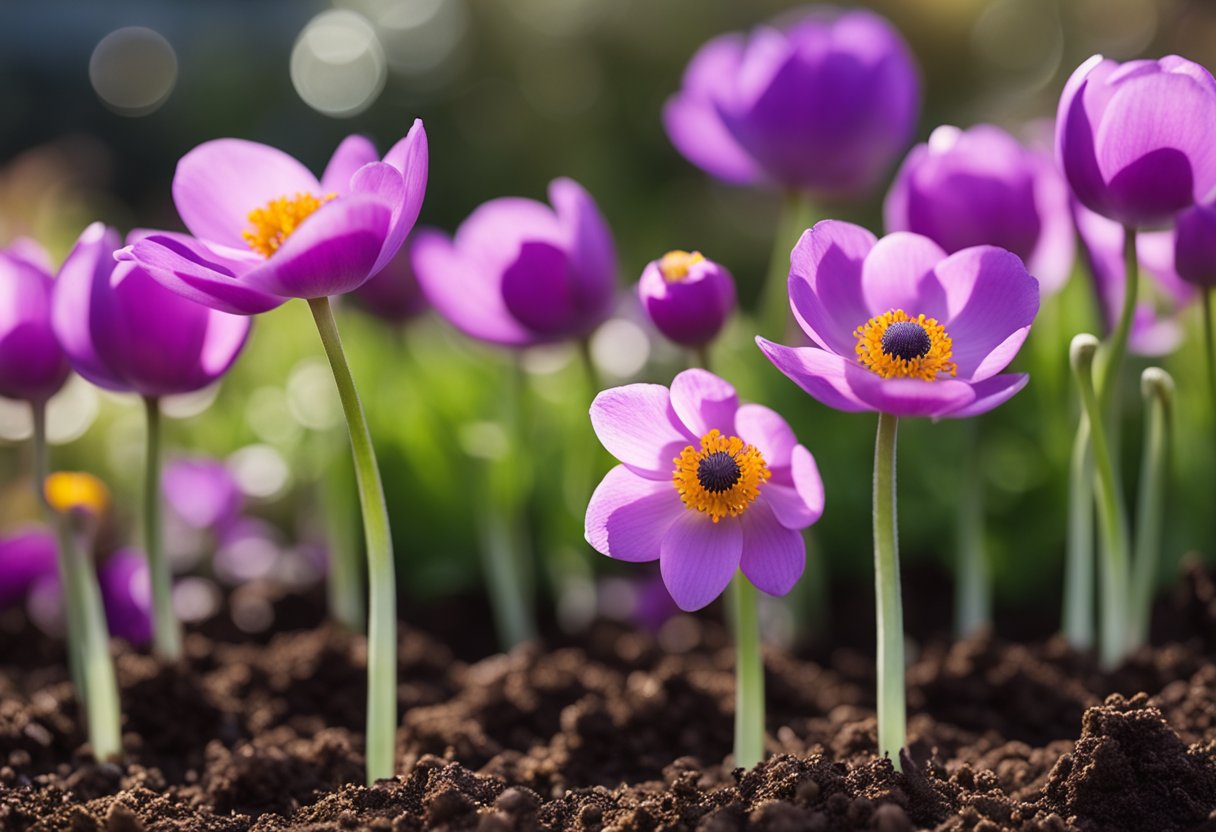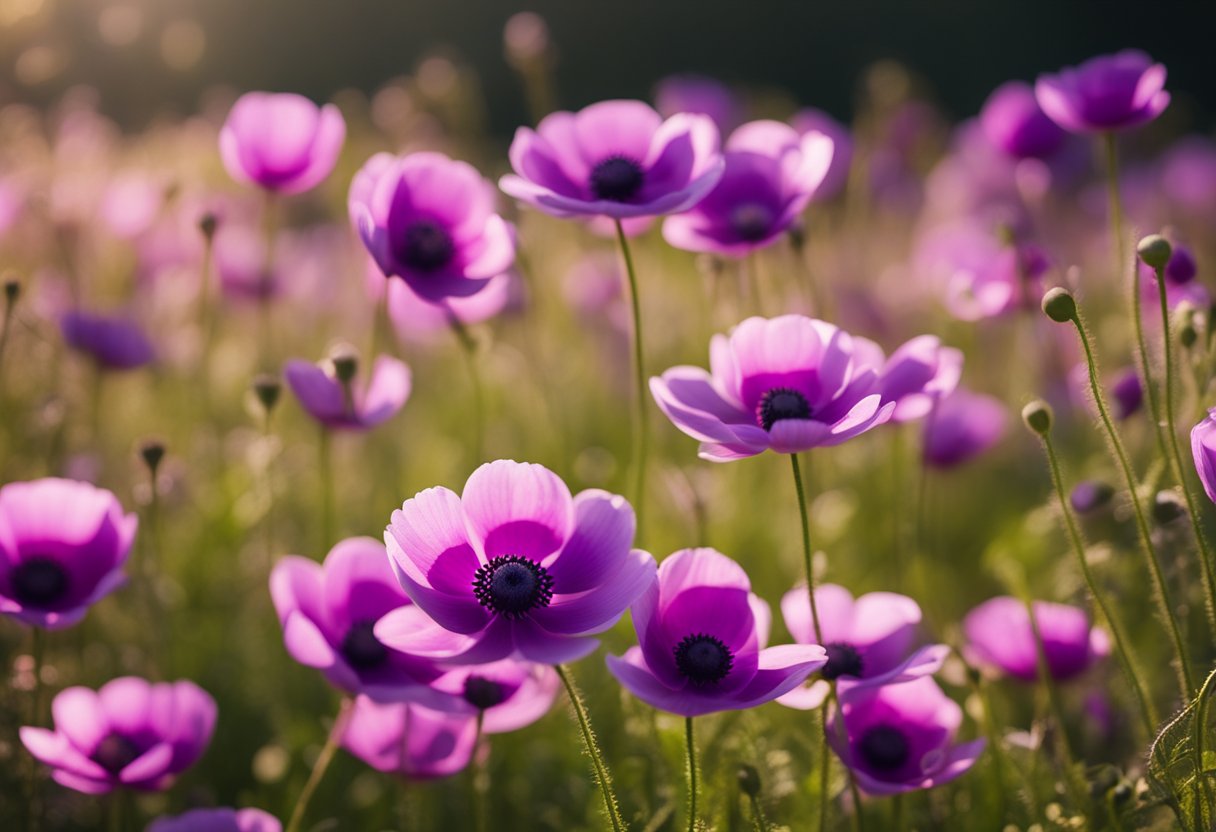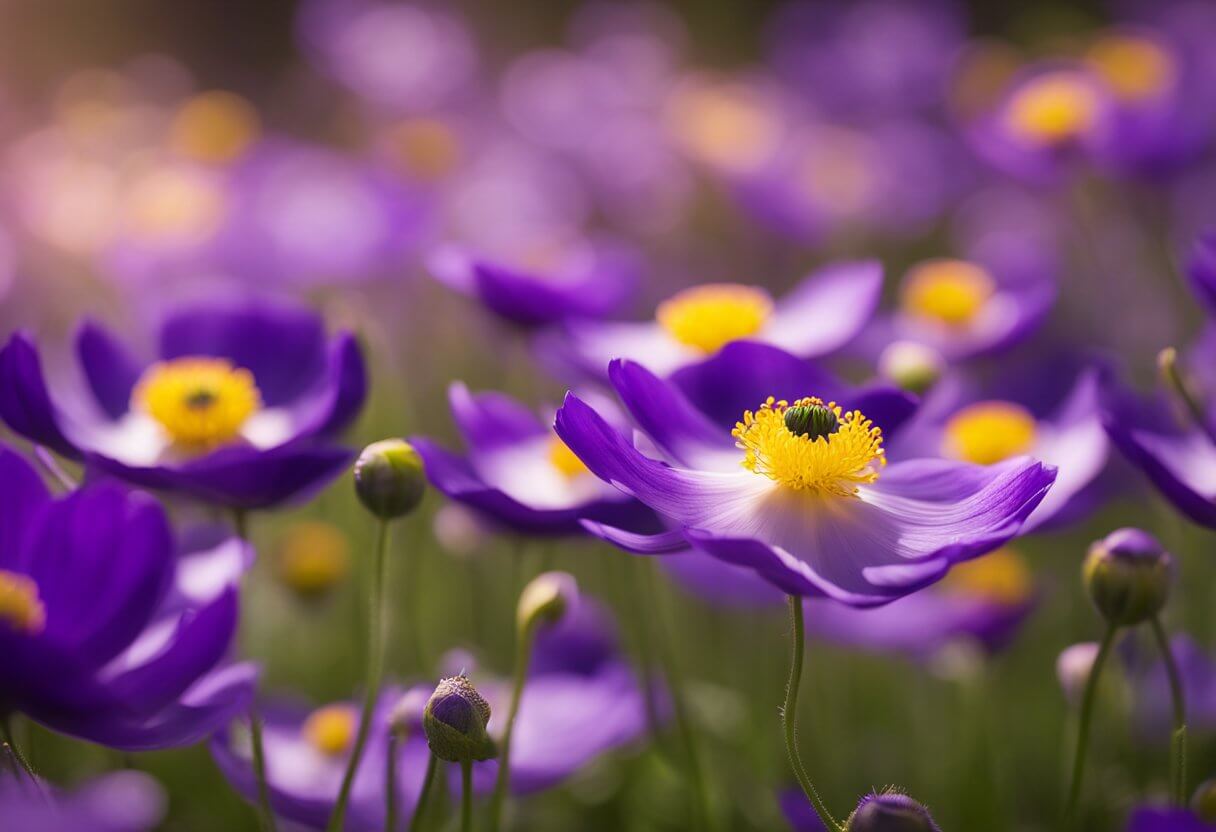When Are Anemone in Season?
Anemones are a popular flower that comes in different colors and varieties. They’re known for their delicate petals and dark center, which make them a beautiful addition to any garden or floral arrangement.
The good news is that anemones have an extended flowering season that can range from May through October in many growing zones around the world. Each anemone variety tends to flower for a single season: spring, summer, or fall, so mixing and matching the types of anemone you plant will enable the most extended blooming season. Anemones are also available in spring- and fall-blooming species, which means they’re able to provide flowers throughout the growing season.
If you’re interested in growing anemones, it’s important to know the right conditions for planting and caring for them. Anemone blanda adapts well outdoors and is hardy in zones 4 through 8. This plant is sometimes known as Grecian windflower. Some notable cultivars include ‘Blue Star’, ‘Pink Charmer,’ and ‘White Splendour’. Anemone coronaria, has poppy-like blooms with black centers and are popular in floral arrangements. This species, sometimes known as poppy anemone, is native to the Mediterranean region and requires well-drained soil and full sun to thrive.
Season Overview

Each anemone variety tends to flower for a single season: spring, summer, or fall, so mixing and matching the types of anemone you plant will enable the most extended blooming season. Spring-blooming anemones, such as Anemone blanda, Anemone nemorosa, and Anemone apennina, will typically bloom from March to May. Summer-blooming anemones, such as Anemone coronaria, will usually flower from June to August. Fall-blooming anemones, such as Anemone hupehensis, will usually bloom from September to October.

Planting Period
Anemones can be planted at different times of the year depending on the species. According to Petal Republic, spring-flowering anemones should be planted in the fall, while summer-flowering anemones can be planted in the spring. Anemones are typically planted from corms or bare roots, and they are fast-growing plants that will flower in their first season, as noted by The Spruce.
When planting anemones, you should choose a location where they will receive full sun. According to Floret Flowers, anemones prefer well-draining soil that is rich in organic matter. If your soil is heavy or poorly draining, consider amending it with compost or sand to improve drainage.
When planting anemones, you should space the corms or bare roots about 6 inches apart and plant them about 2 inches deep. Water the newly planted anemones thoroughly and keep the soil moist until they become established. Once established, anemones are relatively low-maintenance plants that will bloom for several weeks, as noted by Gardener’s Path.

Blooming Period
Anemones have two main blooming periods: spring and summer. Spring-blooming anemones begin to flower in early spring, typically March or April, and continue blooming through May or June. These species tend to prefer cooler temperatures and moist soil. Some of the most popular spring-blooming anemones include Anemone blanda, Anemone nemorosa, and Anemone ranunculoides.
Summer-blooming anemones usually begin in late spring and stretch through the end of summer, offering months of continuous blooms. These species tend to originate in dry and hot areas where they are adapted to need less water than their spring counterparts. Some of the most popular summer-blooming anemones include Anemone coronaria and Anemone hupehensis.
It’s important to note that the blooming period can vary depending on the climate and location. In warmer climates, some spring-blooming anemones may bloom earlier, while in cooler climates, they may bloom later. Similarly, summer-blooming anemones may begin blooming earlier or later depending on the climate and location.
Common Varieties and Their Seasons

Mixing and matching the types of anemone you plant will enable the most extended blooming season. Here are some of the most common anemone varieties and the seasons in which they bloom:
Spring anemones: Spring-blooming anemones are some of the most popular varieties, and they usually bloom from late winter to early spring. The most common types of spring anemones are Anemone blanda, Anemone nemorosa, and Anemone coronaria. These plants produce vibrant, delicate flowers in shades of pink, blue, purple, and white.
Summer anemones: Summer-blooming anemones are a great way to extend the blooming season in your garden. The most common types of summer anemones are Anemone hupehensis, Anemone x hybrida, and Anemone tomentosa. These plants produce large, showy flowers in shades of pink, white, and purple.
Fall anemones: Fall-blooming anemones are a great way to add color to your garden as the weather starts to cool down. The most common types of fall anemones are Anemone japonica, Anemone hupehensis var. japonica, and Anemone vitifolia. These plants produce beautiful, daisy-like flowers in shades of pink, white, and purple.

Anemones Seasonality in the US
To help with this, we’ve compiled a table that shows the seasonality of each state in the US. This table is based on data from the National Oceanic and Atmospheric Administration (NOAA) and provides information on when the average temperature in each state reaches certain thresholds.
| State | Spring | Summer | Fall | Winter |
|---|---|---|---|---|
| Alabama | March – May | June – August | September – November | December – February |
| Alaska | May – June | July – August | September – October | November – April |
| Arizona | February – April | May – September | October – December | January |
| Arkansas | March – May | June – August | September – November | December – February |
| California | March – May | June – September | October – December | January – February |
| Colorado | April – June | July – August | September – November | December – March |
| Connecticut | April – June | July – August | September – November | December – March |
| Delaware | March – May | June – August | September – November | December – February |
| Florida | March – May | June – September | October – December | January – February |
| Georgia | March – May | June – August | September – November | December – February |
| Hawaii | Year-round | Year-round | Year-round | Year-round |
| Idaho | April – June | July – August | September – November | December – March |
| Illinois | April – June | July – August | September – November | December – March |
| Indiana | April – June | July – August | September – November | December – March |
| Iowa | April – June | July – August | September – November | December – March |
| Kansas | April – June | July – August | September – November | December – February |
| Kentucky | March – May | June – August | September – November | December – February |
| Louisiana | March – May | June – August | September – November | December – February |
| Maine | May – June | July – August | September – October | November – April |
| Maryland | March – May | June – August | September – November | December – February |
| Massachusetts | April – June | July – August | September – November | December – March |
| Michigan | May – June | July – August | September – November | December – March |
| Minnesota | May – June | July – August | September – November | December – March |
| Mississippi | March – May | June – August | September – November | December – February |
| Missouri | April – June | July – August | September – November | December – February |
| Montana | May – June | July – August | September – November | December – March |
| Nebraska | April – June | July – August | September – November | December – February |
| Nevada | March – May | June – September | October – December | January – February |
| New Hampshire | May – June | July – August | September – October | November – April |
| New Jersey | March – May | June – August | September – November | December – February |
| New Mexico | March – May | June – September | October – December | January – February |
| New York | April – June | July – August | September – November | December – March |
| North Carolina | March – May | June – August | September – November | December – February |
| North Dakota | May – June | July – August | September – November | December – March |
| Ohio | April – June | July – August | September – November | December – March |
| Oklahoma | March – May | June – August | September – November | December – February |
| Oregon | March – June | July – August | September – November | December – February |
| Pennsylvania | April – June | July – August | September – November | December – March |
| Rhode Island | April – June | July – August | September – November | December – March |
| South Carolina | March – May | June – August | September – November | December – February |
| South Dakota | May – June | July – August | September – November | December – March |
| Tennessee | March – May | June – August | September – November | December – February |
| Texas | March – May | June – August | September – November | December – February |
| Utah | April – June | July – August | September – November | December – February |
